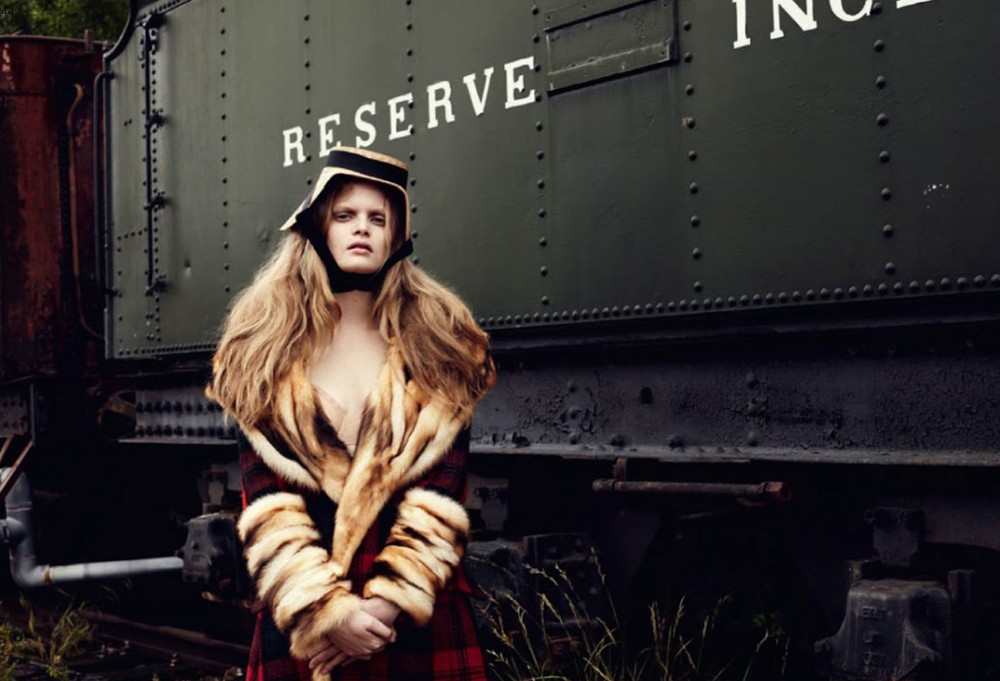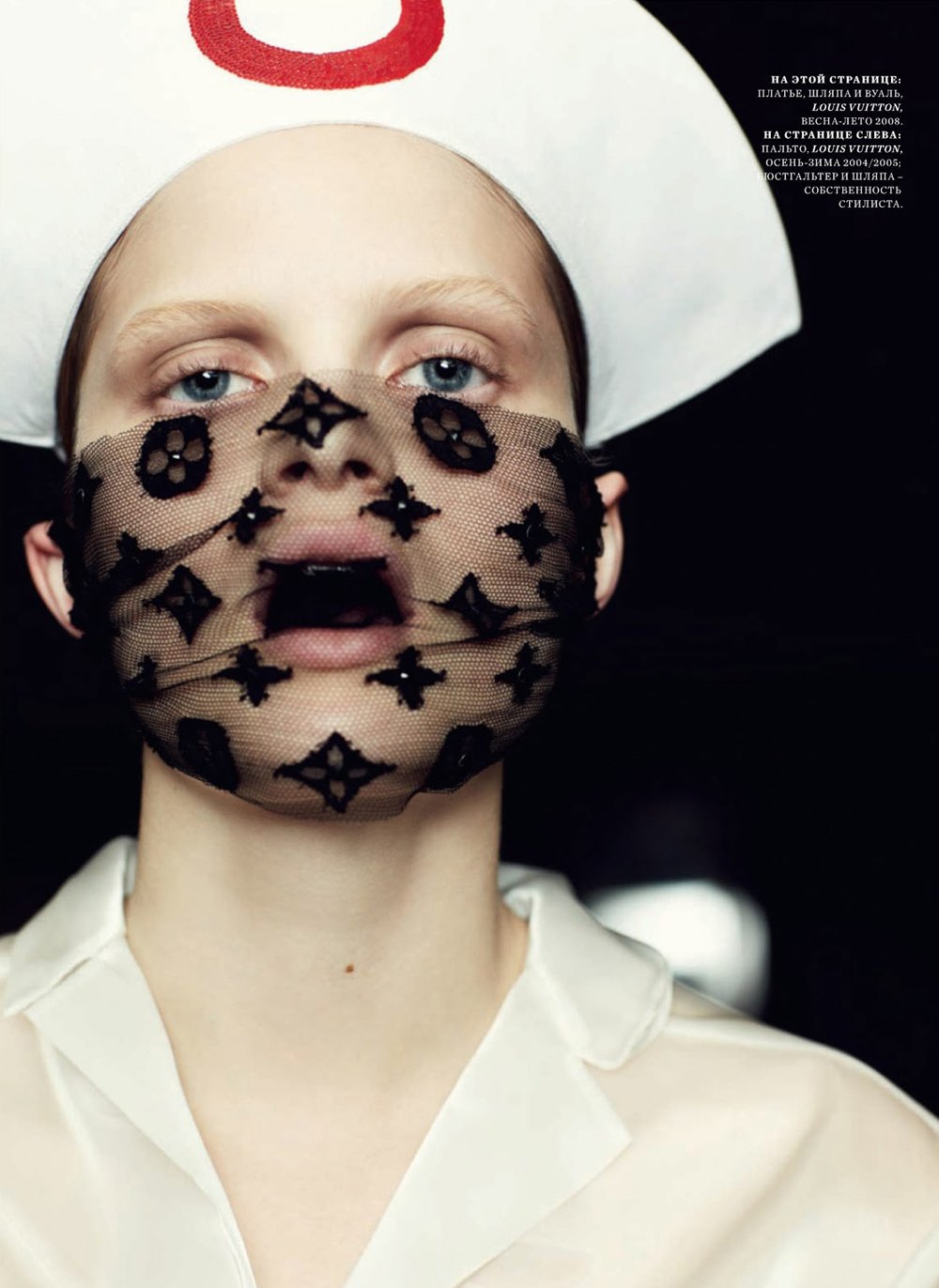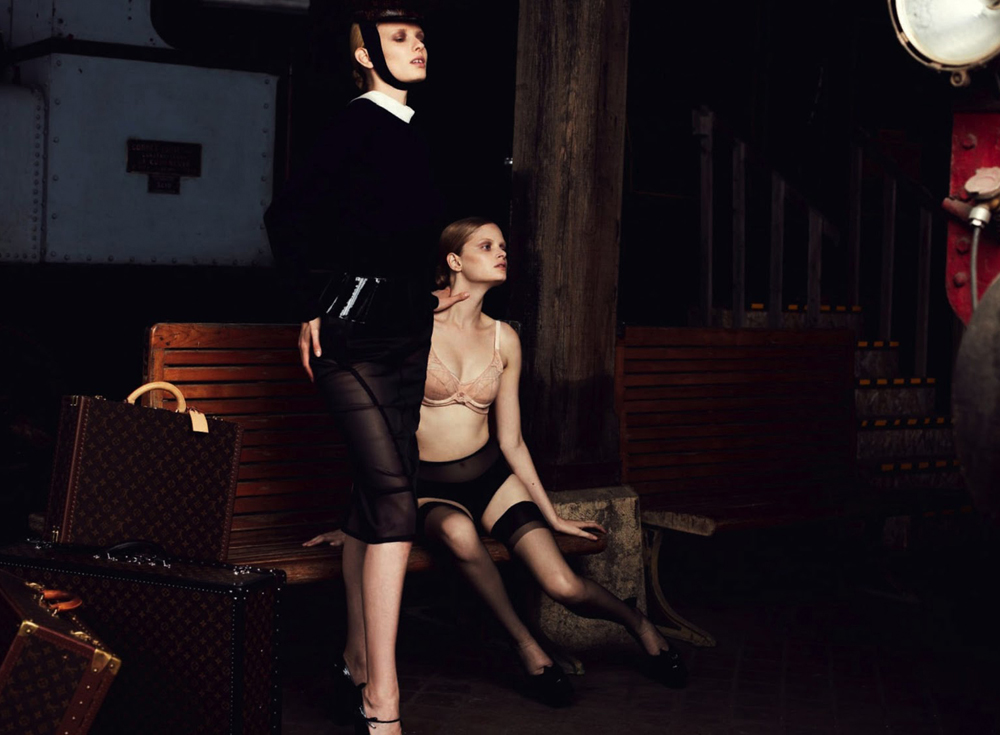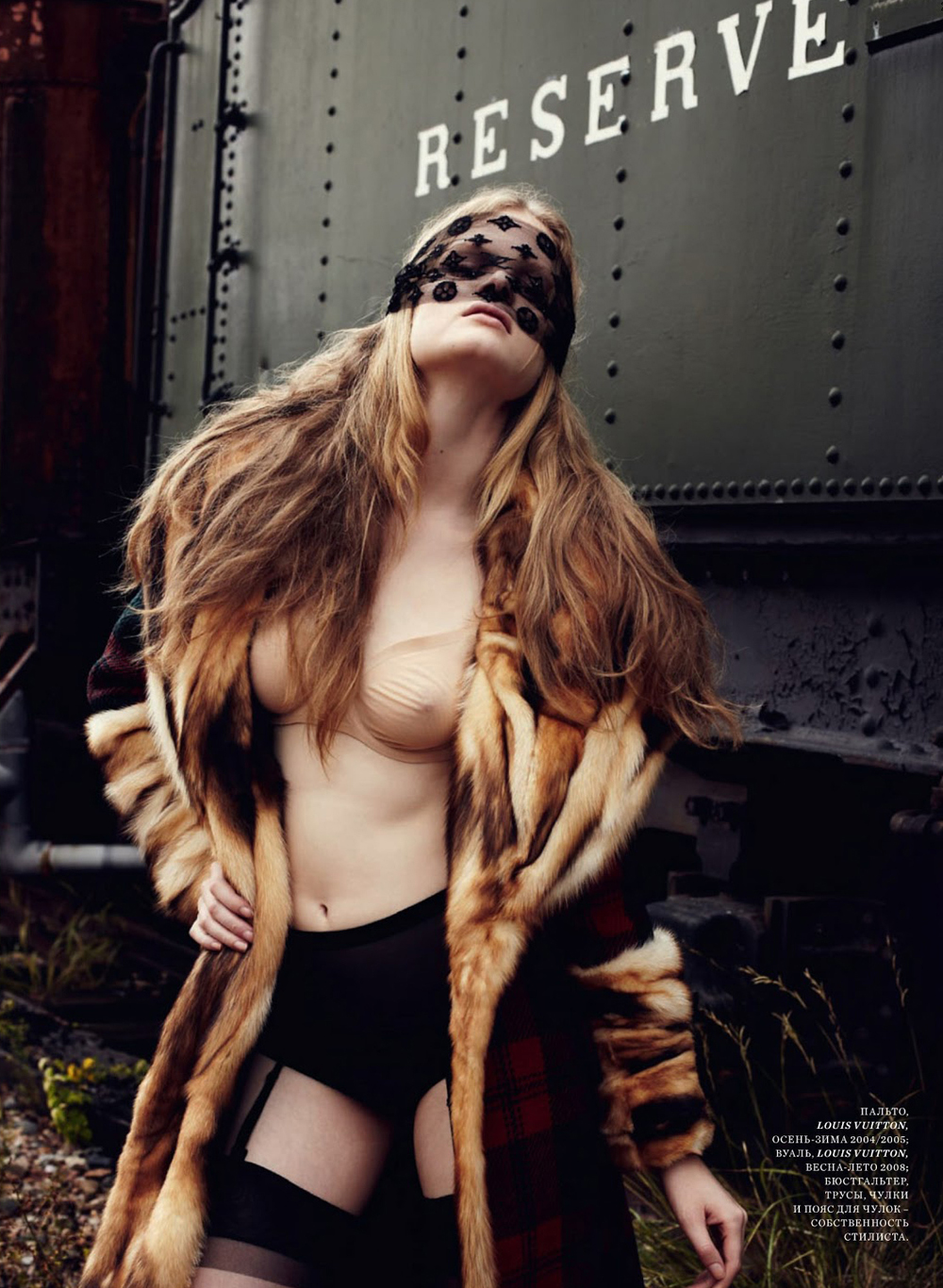Today's Luxury Market Moves From Logos To Telling Women's Stories While Embracing Women As Individuals
/
Images: Priscilla Kabeya, Sara and Natalia Oliveira are lensed by Natalia Alaverdian for Harper’s Bazaar Russia November 2012. Natalia Alaverdian and Jama Nurkalieva choose heritage pieces from Louis Vuitton for an editorial dedicated to the luxury retailer.
LVMH shares rose this week after the company said it raised prices at its flagship fashion and leather-goods brand Louis Vuitton by 8 percent in Europe this week. Businessweek writes:
Luxury-goods makers have reported divergent sales patterns since the end of August. Burberry Group Plc (BRBY) said demand is slowing, particularly at lower price points, while Prada SpA and Hermes International SCA (RMS) said they’ve yet to be affected by the weakening world economy. Sales of expensive handbags and other items may advance 5 percent in 2012, excluding currency swings, less than half last year’s pace, Bain & Co. estimated.
Asia’s luxury customers have become increasingly discriminating in their choice of brands, writes WSJ. Gucci and Prada continue to post solid figures as the market shift towards the top end of the luxury market where the brands reside.
Business Day writes ‘The biology of luxury’ today, noting that “nobody would display a symbol of wealth if it were too common. Therefore, assessing whether luxury goods will maintain their impact, and thus their appeal, requires monitoring the extent of counterfeiting.”
If a luxury brand’s symbol of wealth becomes too common, it loses its significance.
The Smart Sensuality consumer and reader — our focus here at Anne of Carversville — is not driven by logos. In today’s London Telegraph, Anya Hindmarch talks about us as people who yearn not to be members of a club, but individuals. In the case of our readers, we add individuals with purpose.
This is a return to why people bought “luxury goods” in the first place: they wanted something personal, something unique, something they had been involved in creating - something that has a story.
When someone asked me recently to name my favourite luxury brands, I realised that the luxury experiences I relish most weren’t really branded at all. For example, there is a little shop in Milan that hand-crafts real horn glasses, and engraves the date they were made inside. I wish I could remember its name - but the point is that it’s not really the name that is important, but the product.
Today’s luxury customers want products to be about them, writes Hindmarch. We agree. It’s this intense connection to stories and the women who have created them for stories that lies at the heart of our new GlamTribale jewelry project.
When people first experience the jewelry, the word that always pops out is “unique” or “original”. The next word is “emotional” — as if women’s voices are speaking to them through the jewelry. I’m not certain that this process can be planned. The emotive experience of the jewelry is a sixth sense one, an unstated design element we’re trying to understand and cultivate.
Join us on our GlamTribale journey project. After four exciting ‘outings’ around Philadelphia in the last month, our next stop is an extended pop-up in the art district and (hopefully) a Thanksgiving to Christmas outpost in Chestnut Hill.
Track our progress and major issues of interest to Smart Sensuality women be subscribing to our Engage newsletter. ~ Anne















